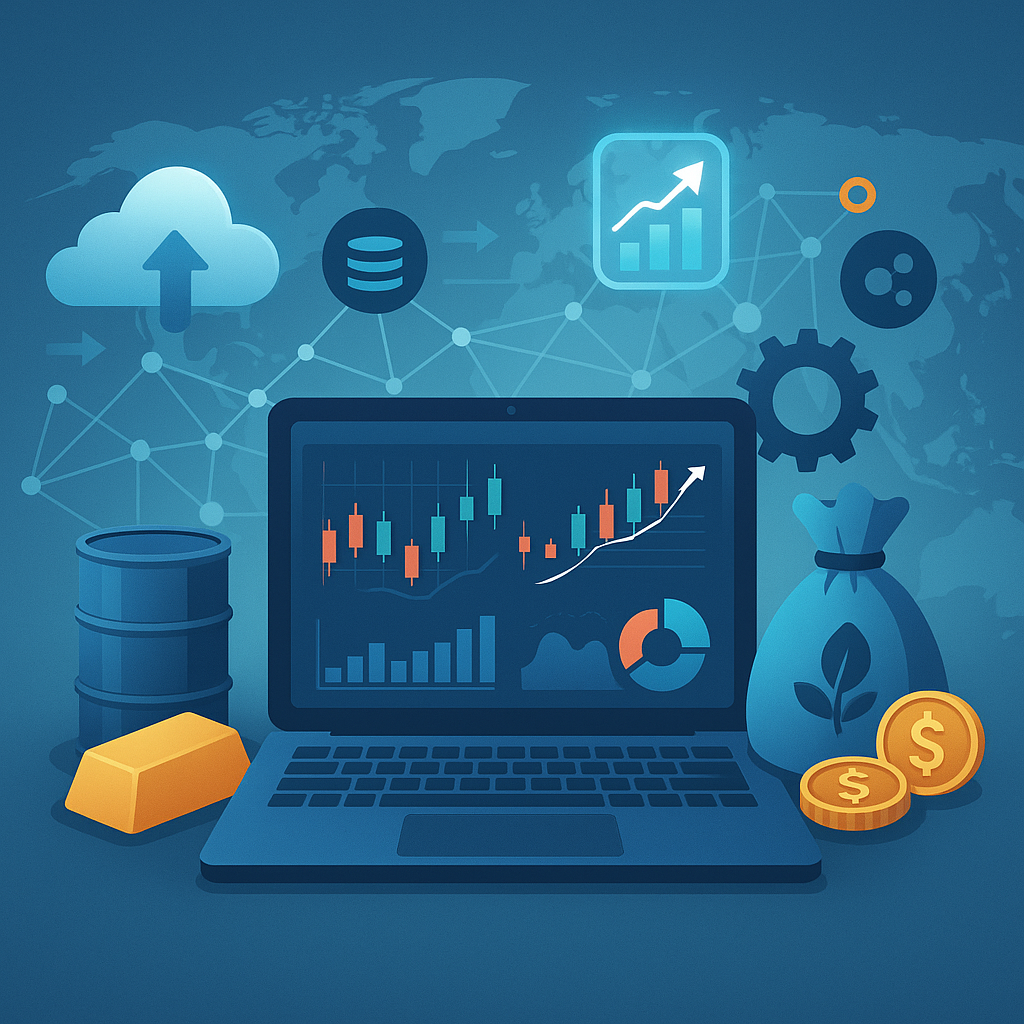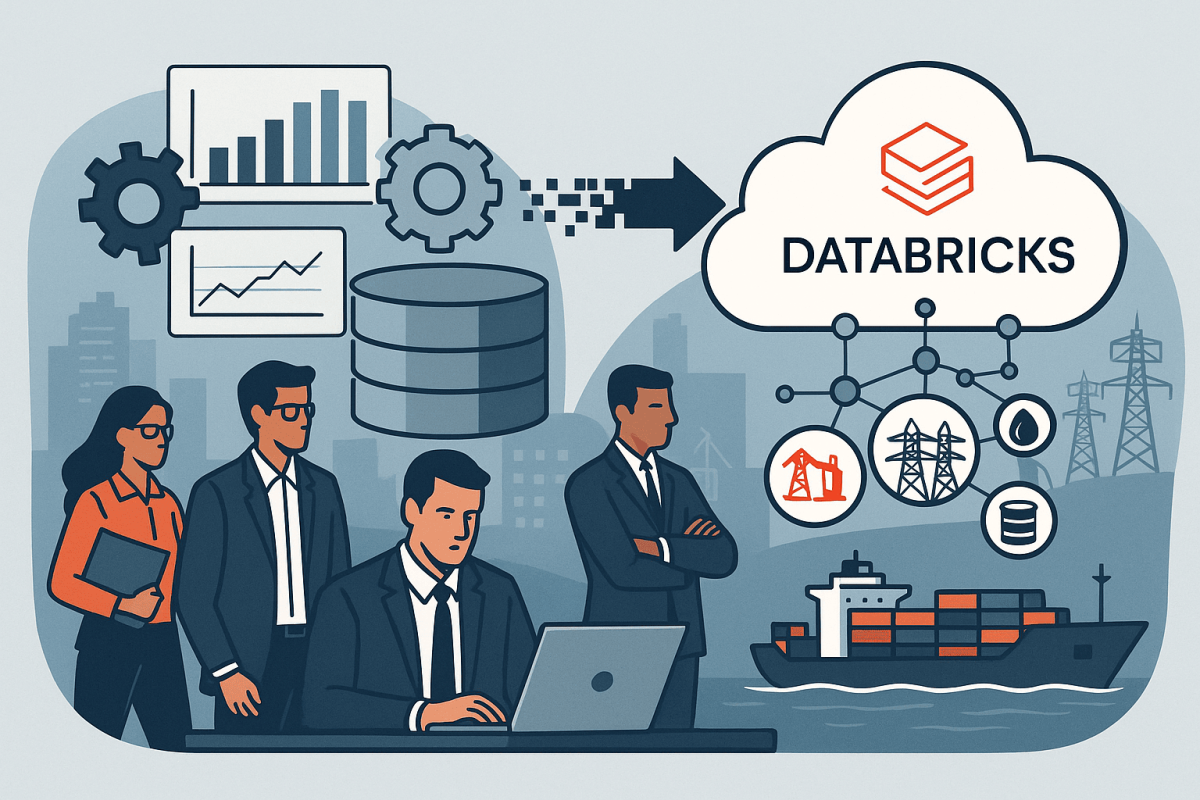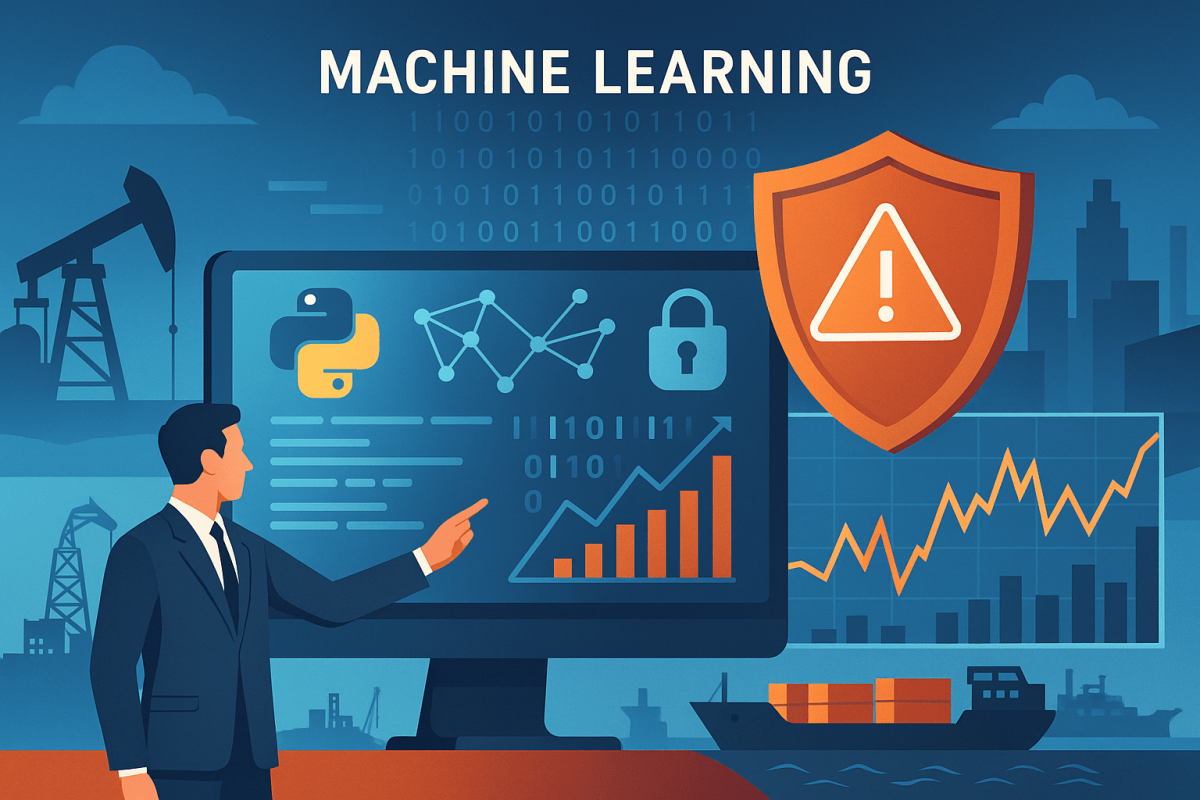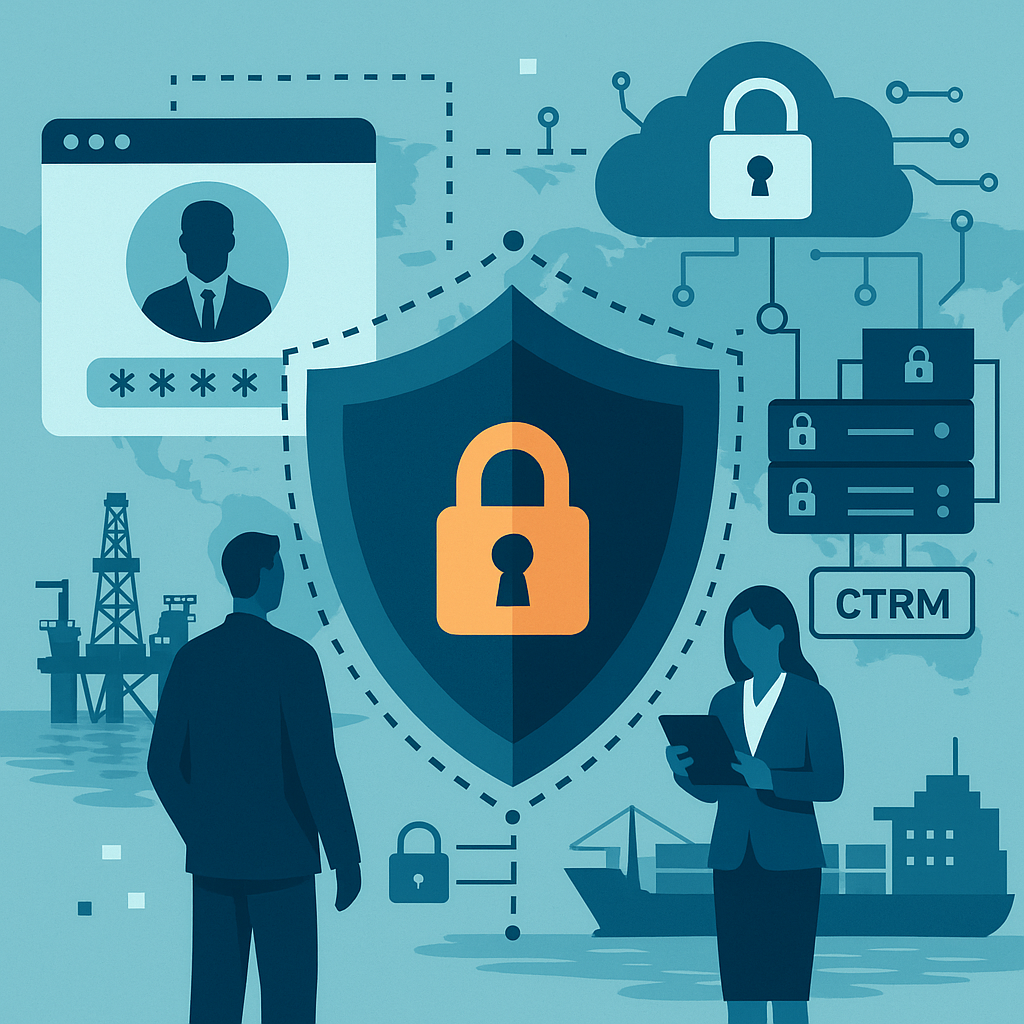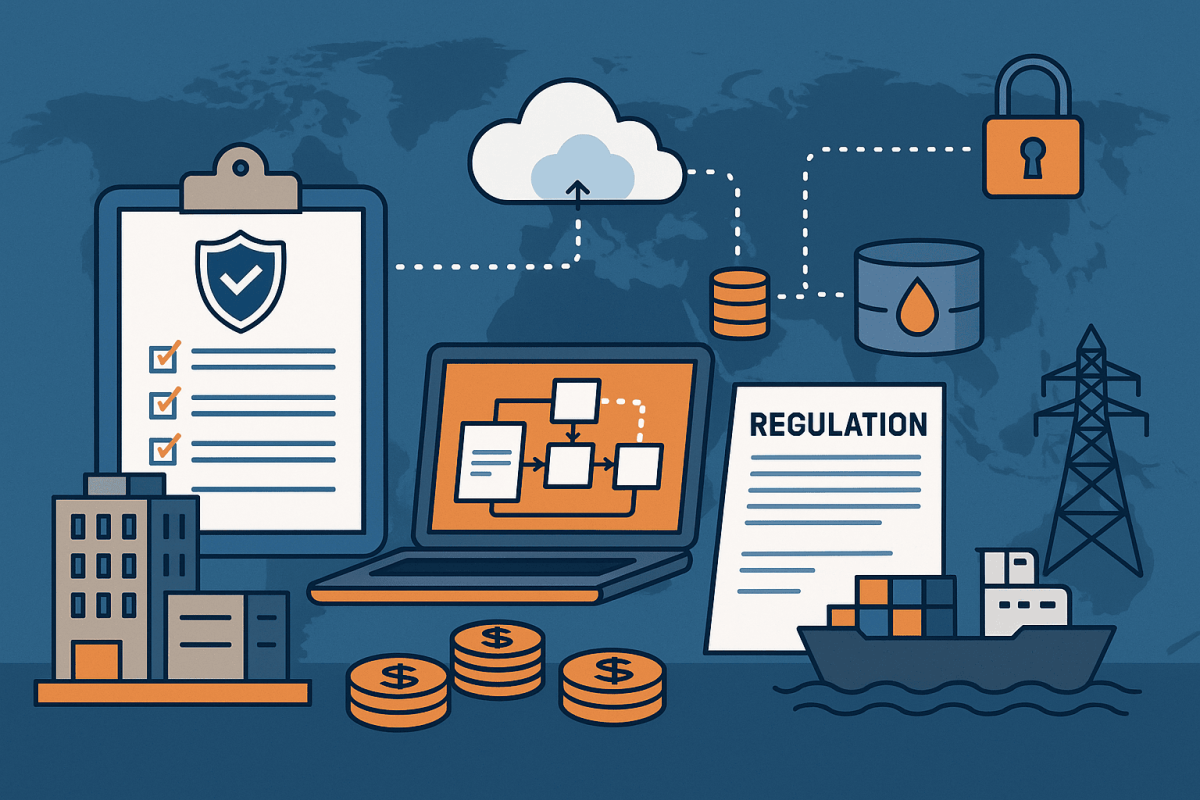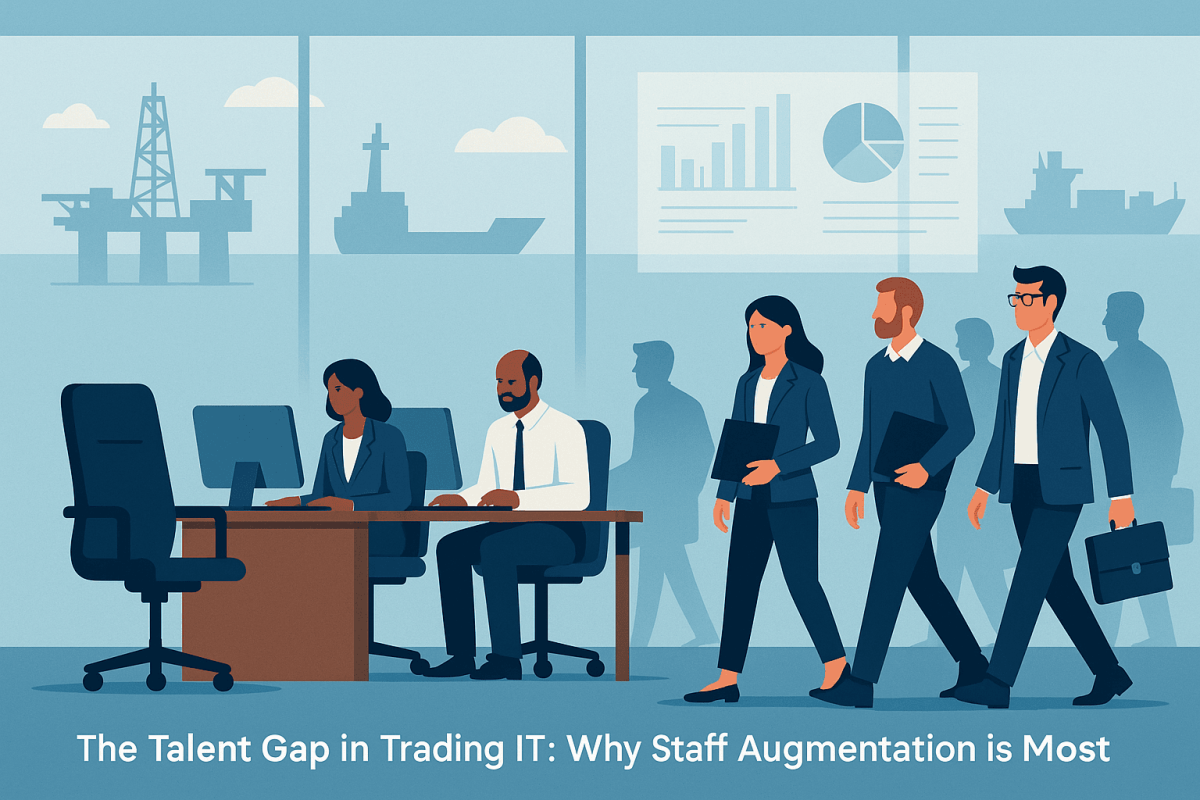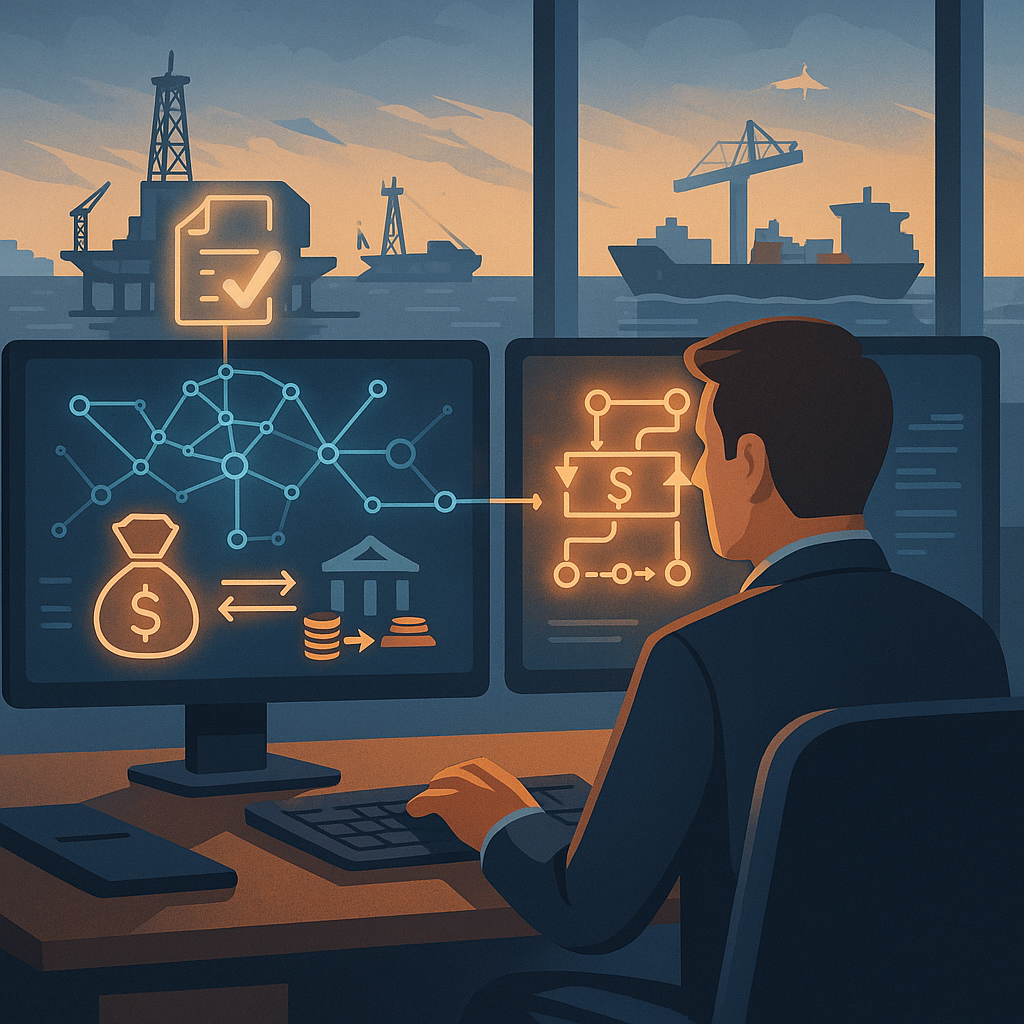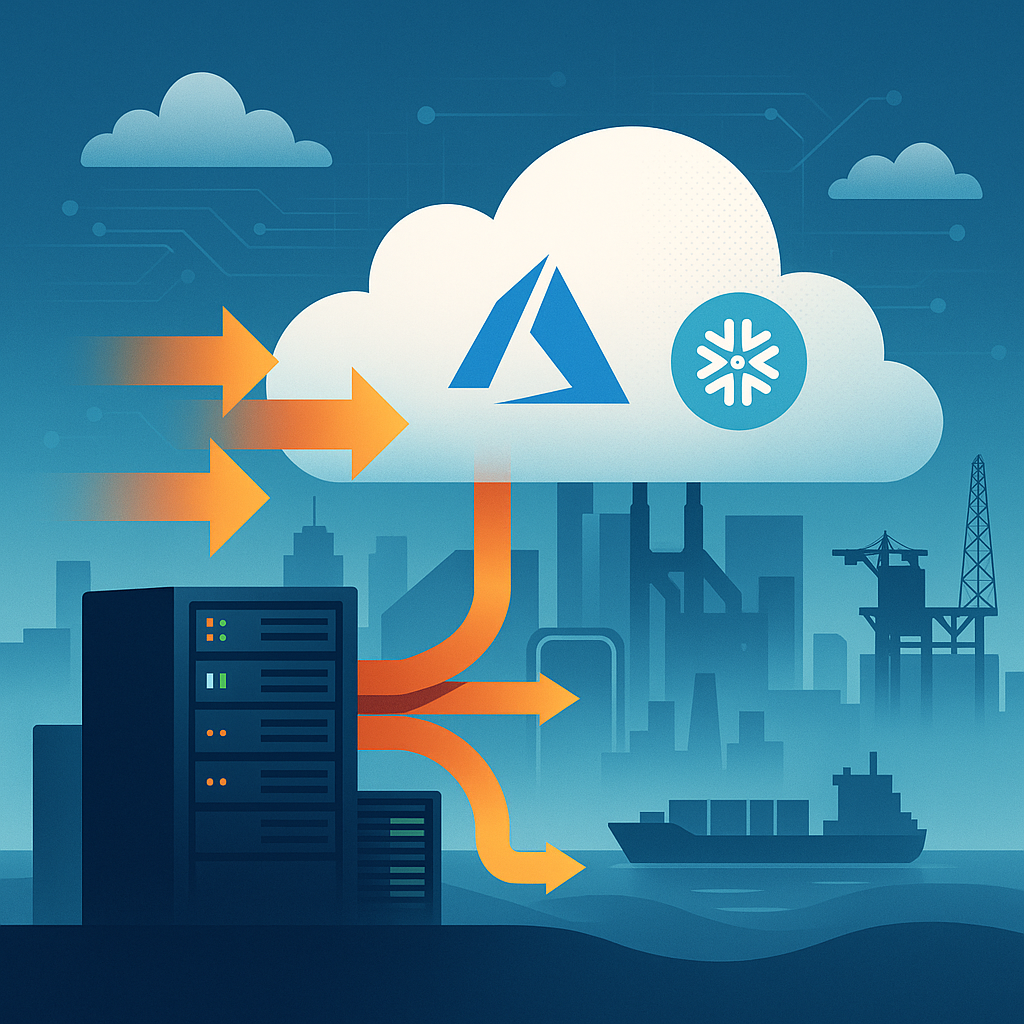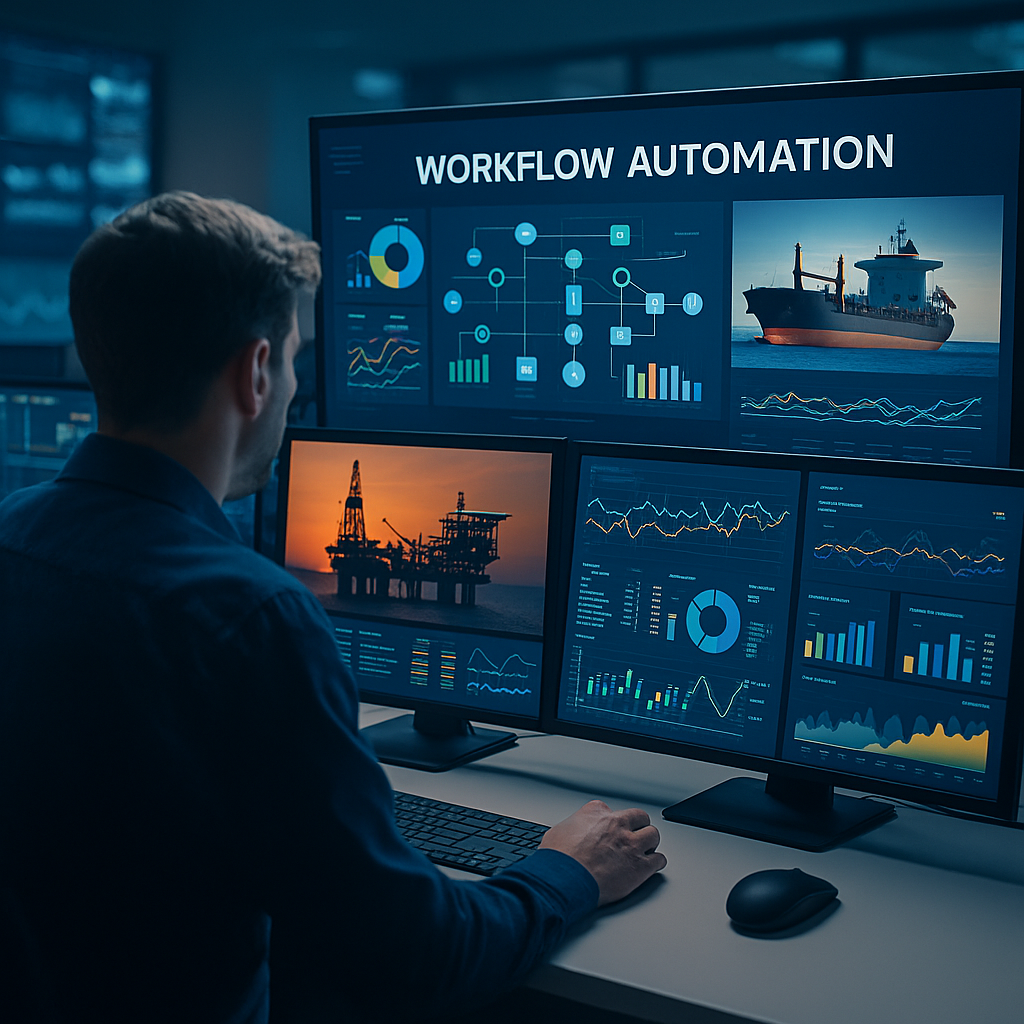CTRM systems have been the backbone of commodity trading for decades. They capture trades, manage positions, and provide reporting. Yet as markets evolve, traditional CTRM platforms are showing limitations. They are often rigid, expensive to customize, and slow to adapt to new demands such as AI-driven analytics or real-time supply chain monitoring.
Next-generation digital platforms are emerging to fill this gap. These platforms extend beyond trade capture and settlement, integrating real-time analytics, automation, and compliance into a single ecosystem. Built with flexible APIs, they connect easily with data platforms like Databricks and Snowflake, while leveraging Azure and Kubernetes for scalability. Python enables machine learning models to enhance forecasting, while .NET continues to provide stability for transaction-heavy processes.
The shift is not without challenges. Migrating from legacy CTRM systems requires significant integration work and a careful balance between modernization and business continuity. Internal IT teams may struggle to handle such a wide scope while also maintaining existing systems.
Staff augmentation is a practical answer. External engineers can lead integration projects, build APIs, and design scalable architectures that support both legacy CTRM and modern digital components. By augmenting internal teams, CIOs can accelerate the transition, experiment with new capabilities, and reduce the risks associated with large-scale migrations.
The future of commodity trading platforms lies in flexibility and intelligence. Firms that go beyond traditional CTRM systems and adopt next-gen platforms will gain a competitive edge. Staff augmentation ensures CIOs have the skilled resources needed to make this transformation a success.


